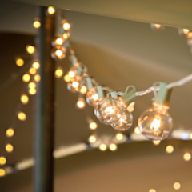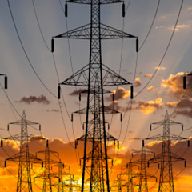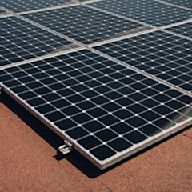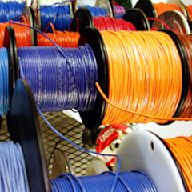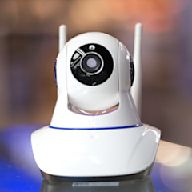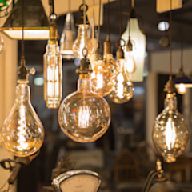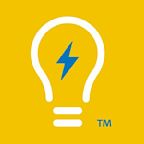Ads
related to: Electric LightThe Nation's Largest Specialty Lighting Retailer. Free Ship Deals!
Trusted by 100,000+ Customers Since 1983. Extensive Selection Of Lighting Products At Affordable Prices. Order Today!
Search results
An electric light, lamp, or light bulb is an electrical component that produces light. It is the most common form of artificial lighting. Lamps usually have a base made of ceramic, metal, glass, or plastic, which secures the lamp in the socket of a light fixture, which is often called a "lamp" as well. The electrical connection to the socket ...
Electromagnetic radiation is one of the many ways that energy travels through space. The heat from a burning fire, the light from the sun, the X-rays used by your doctor, as well as the energy used to cook food in a microwave are all forms of electromagnetic radiation. While these forms of energy might seem quite different from one another ...
Nov 22, 2013 · Long before Thomas Edison patented -- first in 1879 and then a year later in 1880 -- and began commercializing his incandescent light bulb, British inventors were demonstrating that electric light was possible with the arc lamp. In 1835, the first constant electric light was demonstrated, and for the next 40 years, scientists around the world ...
People also ask
Are electric lights energy efficient?
What is a light bulb called?
What are the three types of electric lights?
How do electric lights work?
- Early research & developments. The story of the light bulb begins long before Edison patented the first commercially successful bulb in 1879. In 1800, Italian inventor Alessandro Volta developed the first practical method of generating electricity, the voltaic pile.
- Joseph Swan vs. Thomas Edison. In 1850, English chemist Joseph Swan tackled the cost-effectiveness problem of previous inventors and by 1860 he had developed a light bulb that used carbonized paper filaments in place of ones made of platinum.
- The first practical incandescent light bulb. Where Edison succeeded and surpassed his competition was in developing a practical and inexpensive light bulb, according to the DOE.
- Tungsten filaments. William David Coolidge, an American physicist with General Electric, improved the company's method of manufacturing tungsten filaments in 1910.
In his formulation of electromagnetism, Maxwell described light as a propagating wave of electric and magnetic fields. More generally, he predicted the existence of electromagnetic radiation: coupled electric and magnetic fields traveling as waves at a speed equal to the known speed of light. In 1888 German physicist Heinrich Hertz succeeded in ...
We have two sets of pages on the 12 types of electric lamps: Full Lighting Pages: Lots of detailed information, timelines, names, etc. Use the motion menu below to choose the light you want to start with. Tour EL: 5 min videos on each light type, followed by a 5 question quiz for each lamp type. Linear tour with test for students.
1920s - The first frosted lightbulb is produced and adjustable power beam bulbs for car headlamps, and neon lighting. 1930s - The thirties saw the invention of little one-time flashbulbs for photography, and the fluorescent tanning lamp. 1940s - The first ’soft light’ incandescent bulbs. 1950s - Quartz glass and halogen light bulb are produced.


